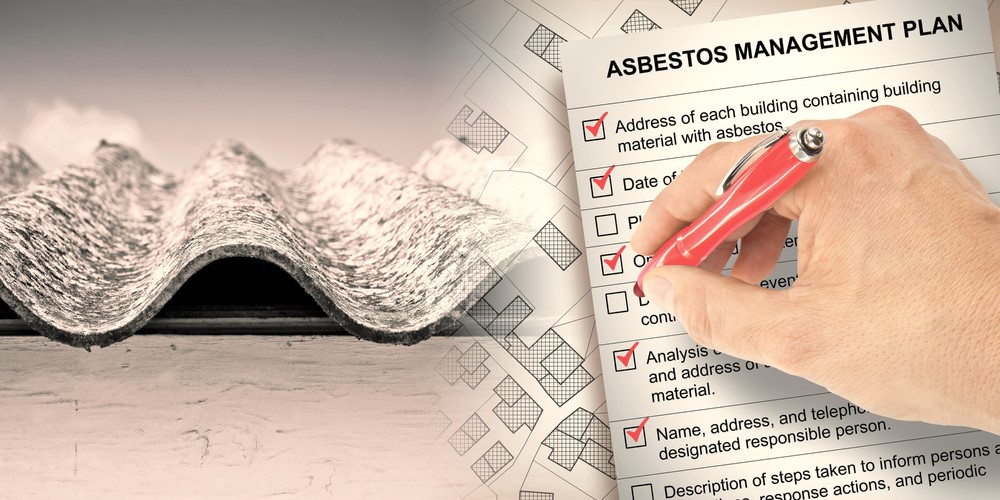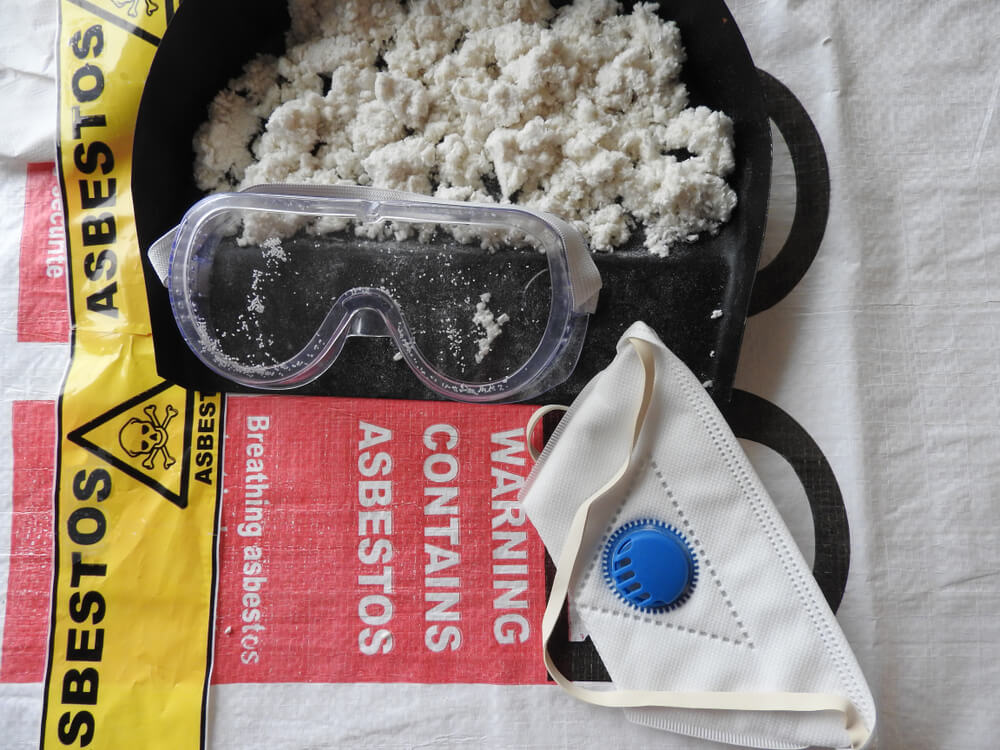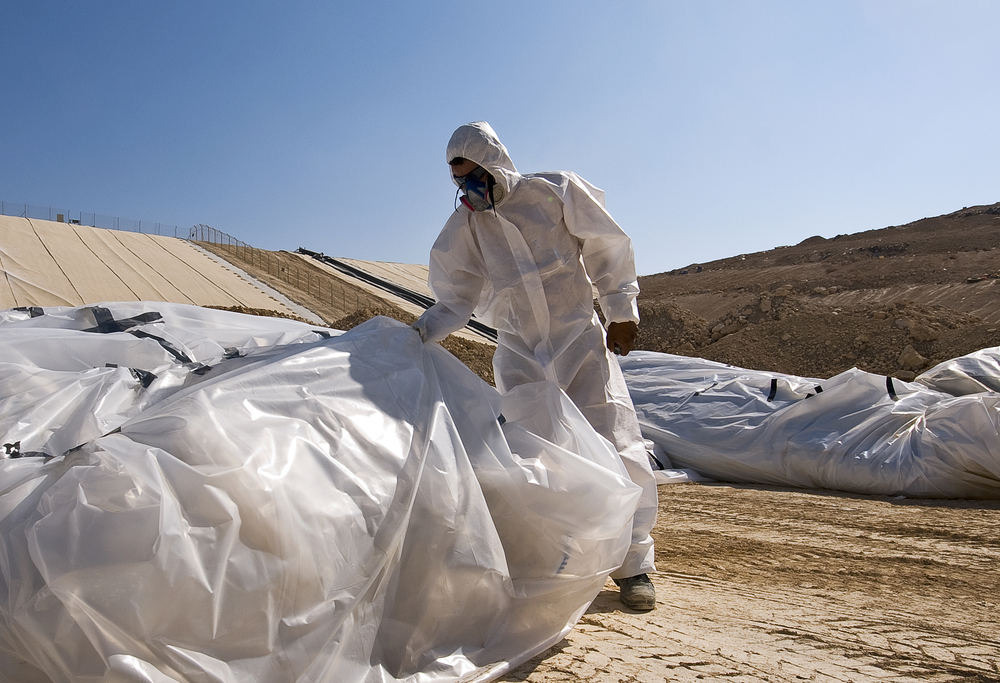
Asbestos, a naturally occurring mineral with excellent insulating and fire-resistant properties, was once widely used in construction materials. However, due to its well-documented health risks, the use of asbestos in building materials has been heavily regulated and phased out in many countries. To protect the health and well-being of occupants, asbestos-containing materials (ACMs) must be removed from buildings in a controlled and safe manner.
Exposure to asbestos fibres can lead to severe health conditions, including lung cancer, mesothelioma, and asbestosis. To mitigate these risks, the procedures are carefully monitored and executed by a licensed asbestos removalist team. But the task doesn’t end once the asbestos is removed. It is equally crucial to ensure that the premises are safe and habitable after the removal process.
In this article, we will delve into the critical post-asbestos removal checks that must be conducted. These checks are a vital component of the asbestos removal work, ensuring the safety and well-being of occupants who will be using the building once all asbestos material has been successfully removed.
Once asbestos-containing materials have been safely removed from a building, it might be tempting to assume that the space is entirely free from asbestos-related risks. However, the potential dangers of residual asbestos fibres or contamination post-removal cannot be underestimated.
Even with licensed asbestos removal work, there is still a possibility of microscopic asbestos fibres lingering in the environment. These fibres can become airborne when disturbed, posing a serious health risk to the occupants. It’s crucial to remember that asbestos-related diseases often develop after prolonged exposure to even low levels of asbestos, and therefore any remaining asbestos, no matter how minimal, can be a potential hazard.

A professional clearance inspection is a critical step in the asbestos removal process. It involves an independent assessment conducted by a licensed asbestos assessor to remove asbestos and verify that the work has been completed safely and effectively. This inspection ensures that the area is safe for reoccupation and that no residual asbestos contamination remains.
In many countries, including Australia, the law mandates a professional clearance inspection with personal protective equipment, especially when dealing with friable asbestos material. Friable asbestos materials are those that can be easily crumbled, reducing them to powder when touched or exposed to pressure. Due to the heightened risk of fibre release in friable materials, a clearance inspection is legally required before the area can be reoccupied. However, it is highly recommended to remove asbestos that is non-friable as well, as it guarantees the thoroughness of the process.
While other inspection methods, such as air monitoring, provide essential quantitative data, the visual inspection provides a tangible, real-time assessment of the removal site’s cleanliness and safety. It offers a practical way to ensure that all asbestos-containing materials have been effectively removed from commercial or residential premises, further safeguarding the well-being of occupants.
During the visual inspection, it is imperative to thoroughly examine the removal site for any signs of contamination. This includes checking for dust, debris, or any leftover materials that might indicate an incomplete asbestos removal job or improper clean-up. Even the smallest traces of asbestos can pose potential health risks, so meticulous attention to detail is paramount.
Several specific areas warrant closer scrutiny during the visual inspection:

Air quality testing is a critical step in the post-asbestos removal checklist because asbestos fibres have the potential to become airborne during the removal process. These microscopic fibres, when inhaled, can lead to severe health issues over time. To ensure the safety workplace health and well-being of occupants, it is essential to confirm that the air within the workspace is free from asbestos contamination.
The importance of air quality testing lies in its ability to provide concrete data regarding the presence or absence of airborne asbestos fibres. This quantitative assessment is crucial for verifying that the asbestos removal process was successful and that the environment is safe for reoccupation. Without air quality testing, there remains a significant element of uncertainty about the potential risks to those who will be using the space.
The review of barriers and containments is of paramount importance as it directly impacts the success of the asbestos removal process. If containment measures are not secure, there is a risk that asbestos fibres may escape into other parts of the building, potentially endangering future occupants. It is critical to verify that these barriers and containments have functioned as intended, preventing the spread of asbestos contamination and ensuring that the removal area is safe for reoccupation.
During this review, several key elements should be examined:
Adhering to the proper waste disposal requirements is a crucial element in the asbestos removal process. It is essential to ensure that asbestos-containing materials are handled and disposed of according to strict safety procedures and established safety regulations and guidelines. The verification of proper waste disposal involves confirming that all waste generated during the removal of asbestos containing material has been securely sealed, labeled, and transported to an approved disposal facility.
By thoroughly reviewing the disposal procedures, building owners and assessors can be confident that all asbestos waste disposal has been managed in compliance with safety protocols, minimizing the risk of contamination.

Even after asbestos removal, it is important to implement ongoing monitoring and maintenance strategies. This step is essential to detect any potential issues that may arise in the future. Ongoing monitoring can involve periodic air quality testing to ensure the continued absence of asbestos fibres in the environment.
Maintenance may include routine inspections of barriers, containments, and other safety measures to ensure their continued effectiveness. Regular checks and maintenance help to uphold the safety and well-being of building occupants over the long term, offering peace of mind and proactive protection against asbestos-related risks.
Educating and informing building occupants is a fundamental part of removing asbestos. Ensuring that occupants within the immediate vicinity are aware of the asbestos removal process, its successful completion and the safety measures in place is essential. This communication can be achieved through clear and concise information sharing, including providing documentation of the asbestos removal and clearance inspections.
Documentation serves as evidence of compliance with safety regulations and best practices, offering a historical record of the asbestos removal process. This information is invaluable for building owners, assessors, and regulatory authorities to verify the safety and well-being of occupants. It also provides a reference point for future maintenance and any potential legal or insurance requirements.
The asbestos removal process is a critical endeavour in safeguarding the health and well-being of building occupants. However, it is not complete with the removal of asbestos-containing materials alone. The post-asbestos removal checklist serves as the final seal of assurance that the environment is genuinely safe for reoccupation.
Posted By: Asbestos Australia Removalist
Leave a Reply